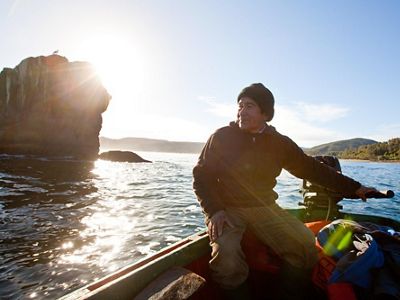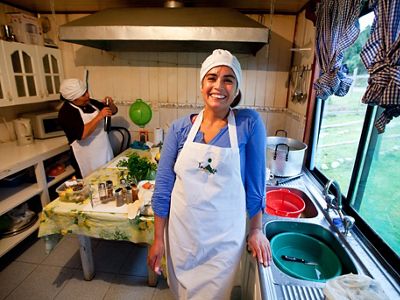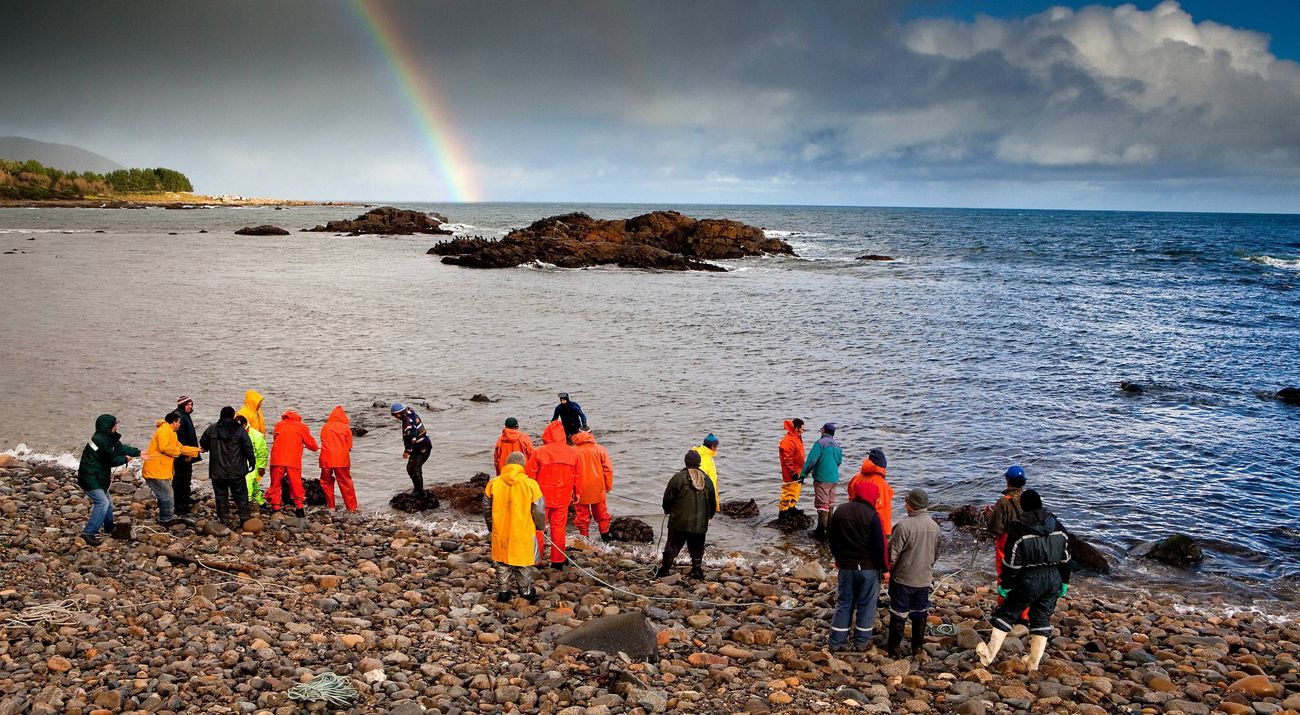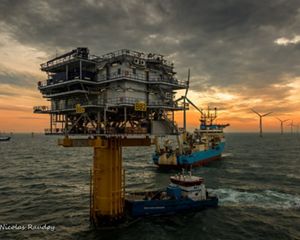Chile
Ocean Conservation. Sustainable fisheries for Chile, healthy oceans for the world.
Oceans provide half of our oxygen, absorb carbon dioxide, sustain coastal economies and generate food for millions. Human activity and climate change are straining Chile's coastal habitats and depleting fish stocks.
As more people turn towards Chile's ocean resources, we are developing innovative mechanisms to promote sustainable seafood, secure livelihoods and conserve marine habitats by:
- Protecting and restoring critically important marine habitats and fish stock.
- Chile’s artisanal fishers bring in more catch than industrial fleets. With their hundreds of fishing grounds dotted throughout Chile’s coastline, they are the ultimate guardians of the sea. We are strengthening this role by working in close partnership with them.
- Transforming how we use nature to sustain ourselves.
- Artisanal fishers have exclusive access to fishing grounds they are responsible for protecting. The Conservancy is using this unique opportunity to share its science, knowledge and skills with Chilean fishers to protect essential marine environments.
- Inspiring collective action.
- The Conservancy is working with fishers, the seafood industry and the government to enable sustainable, conservation-friendly management of Chile’s fisheries to keep the ocean clean and healthy whilst contributing to global food production.

Protecting and restoring critically important marine habitats and fish stock
Chile’s Humboldt Current is one of the planet’s richest marine environments and one of its top 10 fish producers. But over exploitation is depleting Chile’s ocean. The Nature Conservancy is working with fishing communities in southern Chile to implement sustainable fishing practices that will protect life in the Humboldt Current.
Juvenal explains, “Before, we were catching less and less. I threw the net and it came up empty… working with The Nature Conservancy, we have come to realize that no-fishing zones in certain areas preserve fish species that are the basis of this area's ecosystem. As our work with TNC has progressed, we have come to realize that we can generate alternative income through tourism. We have taken people to the Los Colmillos area and they were amazed by the beauty of the location. We love the sea and we know that it is necessary to look after it. Our relationship with TNC is collaborative and they help us with projects and train us. We feel we are being respected and that our opinion matters.”
Juvenal has been a key person working with TNC to establish a no-fishing zone for the Chaihuín Village FIshermens Association so that local marine resources have a chance to rejuvenate. We are helping local fishermen renew and expand their livelihoods based on sustainable use of natural resources.
To learn more:
- Read more testimonials, like Juvenal's, about how we are supporting local livelihoods
Transforming how we use nature to sustain ourselves
Chile's artisanal fishers bring in more catch than industrial fleets, but illegal fishing and restricted market access for sustainably caught fish have prevented some 700 sustainable fishing associations from scaling up and benefiting from market opportunities.
Training fishermen how to use Shellcatch, a traceability technology that connects consumers with sustainable seafood, TNC is helping strengthen the sustainable management of marine resources in Chile.
- From their boats, fishermen use the Shellcatch cellphone app to upload photos and data of their catches, fishing routes and sites. This data is then compressed into a QR code that consumers can scan on their smartphones at the supermarket to learn about their sustainably sourced seafood.
- We are working with Chile’s National Fisheries Service (Sernapesca) to implement this technology to strengthen sustainable fisheries throughout Chile.

Fondo Marino's co-owners, Teodora and Maritza, are natives of Huape, a community neighboring the Valdivian Coastal Reserve. Before TNC's technical support in founding their green restaurant, Maritza explains: "We were house keepers and beach combers. Those were our jobs before. Our dream was always to have a place where we could sell our own products. It has changed our lives a great deal because now we are entrepreneurs. Something we had not even dreamed of. Now we're women who manage our own business. We offer local products from our community’s farms and fisheries. We now sell fish, shellfish and seaweed as well as fruit preserves and local woven handicrafts. We also cook and serve fresh and healthy meals. TNC gave me an opportunity to develop myself as an independent worker. Thanks to The Nature Conservancy we are here today; they gave us the push we needed.”
To encourage sustainable community development projects, TNC helps locals launch and keep afloat small green businesses like Fondo Marino.


